Norfolk Southern Assistant Vice President of Safety and Environment Jason Morris tells Trains News Wire that the railroad is taking part in a pilot program with WAZE which provides drivers near railroad crossings with messages promoting grade crossing safety. The pilot campaign targets WAZE users in six places across the NS system where high rates of FRA-reportable vehicle vs. train incidents have occurred over varying periods of time.
Those locations include:
• Southwest Birmingham, Ala., where there have been 24 incidents at seven grade crossings over the past decade.
• Gary, Ind., where there have been 28 incidents at nine crossings since 1990.
• Atlanta/DeKalb County, Ga., where there have been 23 incidents at four crossings since 2000.
• Toledo, Ohio, where there have been 14 incidents at seven crossings since 1981.
• Allegheny County, Pa., where there have been six incidents at five crossings since 2007.
• East side of Louisville, Ky., where there have been 40 incidents at 12 crossings since 2000.
In total, the campaign targets 43 grade crossings where 135 incidents have occurred. Morris says the purpose of the campaign — which delivers banner notifications to WAZE users who cross into a “geo fence” encompassing several traditionally problematic crossings in the targeted markets, and which has already reached more than 3 million people — is to change drivers’ behavior and habits near railroad crossings. “It’s hard to look at the statistics with what happens at grade crossings and not come away with the thought that really it’s driver behavior that is the number one factor that really needs to be controlled,” he says. “Figuring out innovative ways to reach drivers is incredibly important.”
By using a “geo fence” for the campaign, Morris says, WAZE users who are near the problematic crossings may receive safety notifications regardless of whether they ever drive across a crossing. The notifications, he says, will include a crossbuck graphic and a grade crossing safety-inspired message, along with a link to a website with more railroad safety information. Morris says the notifications will be delivered once the user’s vehicle stops in order to not contribute to distracted driving.
NS Public Safety Director Will Miller says the targeted markets are appropriate for the pilot campaign, which has been operating since March. “These six locations had the right chemistry to test this campaign where they had a cluster of problematic crossings with a pretty lengthy incident history,” Miller says. “There have been a lot of unneeded accidents over times and they’ve proven themselves to be good areas to test this type of messaging to drivers.”
Leon Jackson, the manager of grade crossing safety at NS, says the NS-WAZE partnership has vastly increased the reach the railroad has with grade crossing safety messages. “Everyone is pretty much using navigation technology, even when they’re familiar with the neighborhood they’re driving in,” Jackson says. “They’re using it for traffic, so this is a great opportunity for us to put (the message) in their faces.” Miller says WAZE has 30 million users in the United States, and the program is an opportunity “to get drivers these messages they might otherwise not get.”
The initial pilot phase of the program will run through the end of the year. Morris, Miller, and Jackson say they hope the program will continue for years to come. Another proponent, NS System Safety Director Melvin Crawley, says he hopes the messages delivered through the program will expand and evolve. “With the impact that we’re having, the messaging changing would be the next steps as we move forward with it,” Crawley says.
WAZE is free to download. There is no sign-up necessary for WAZE users in the targeted markets to receive Norfolk Southern’s safety messages.





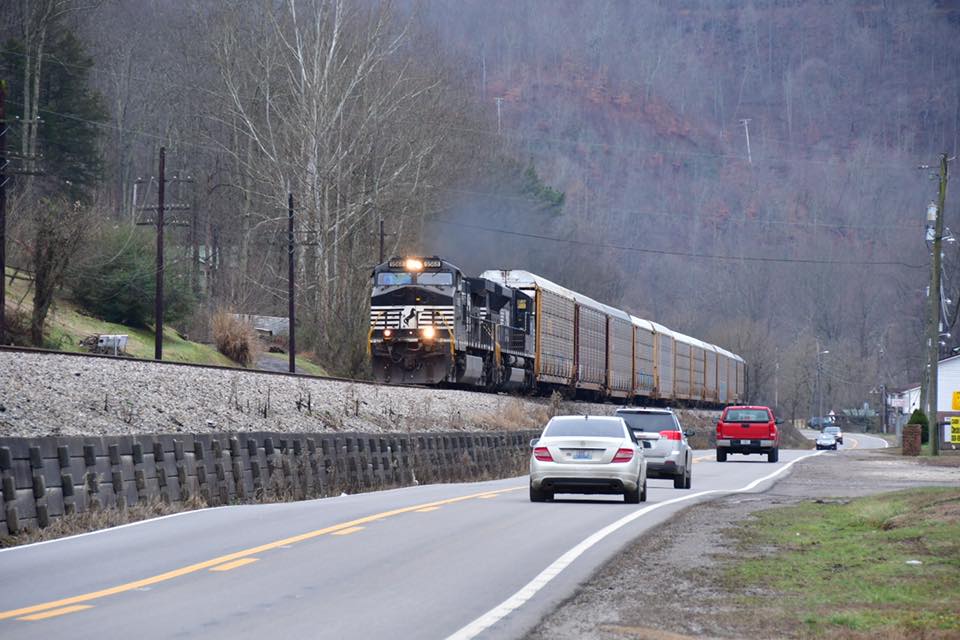

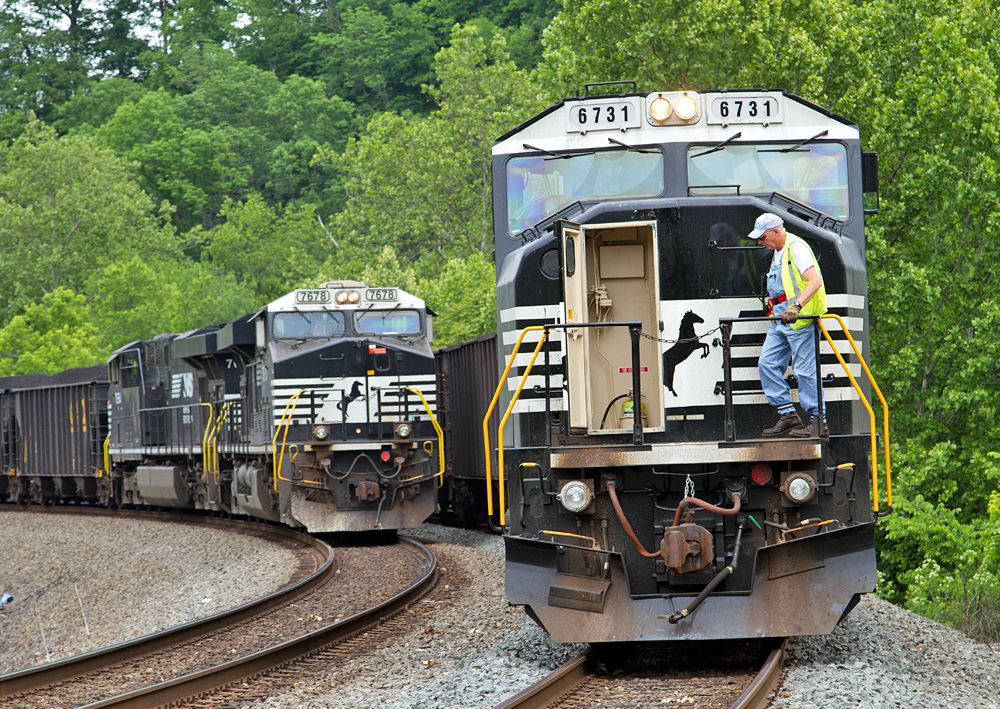
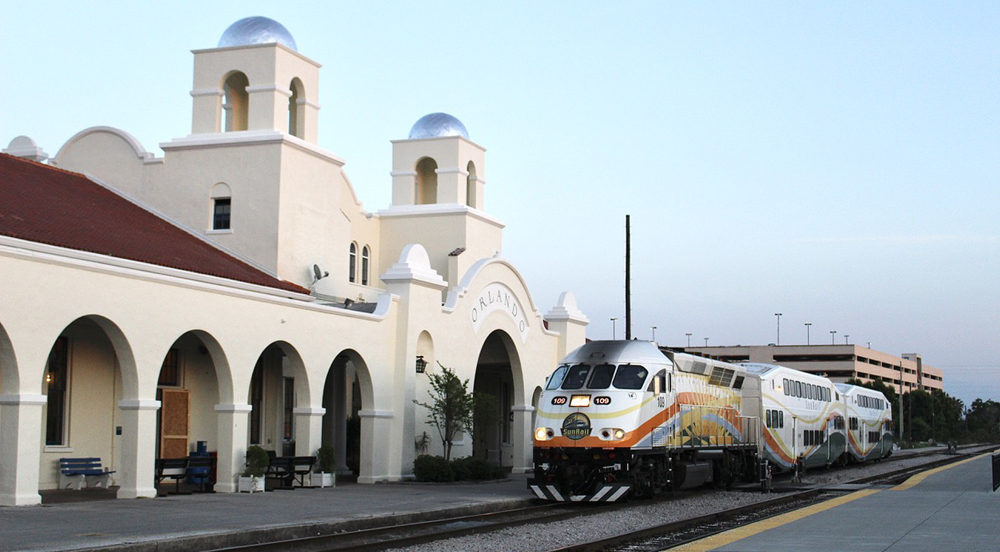
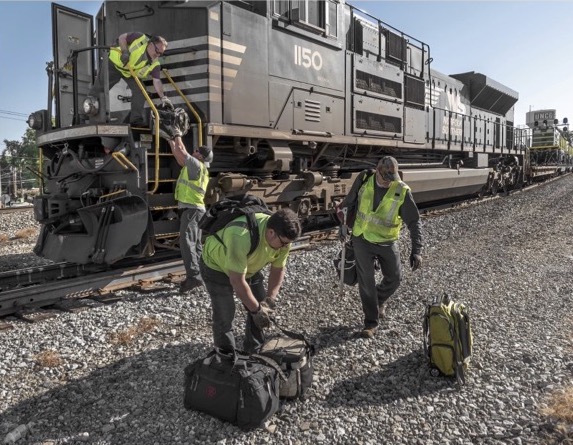
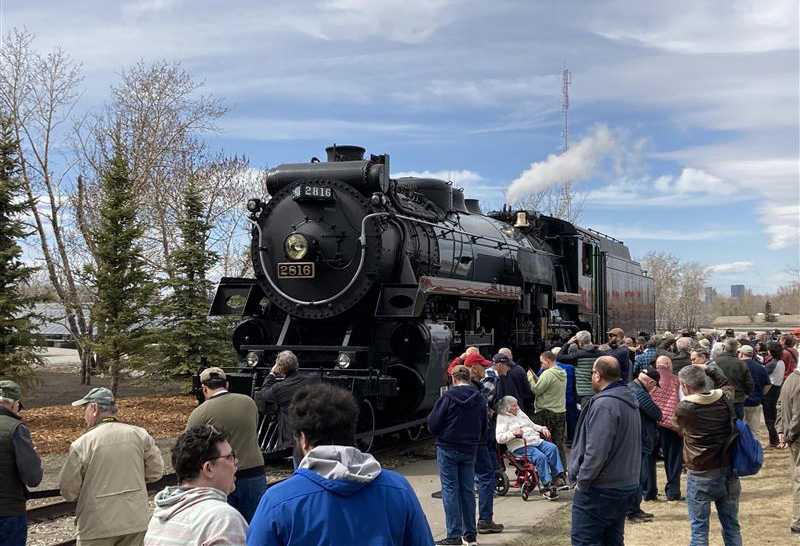




Here,s an idea fix the crossing it self most of the accidents are because the crossing is higher then the roadway , trucks with low bed trailers and modular homes get hung up cause they are only a few inched off the ground , the fix is level the roadway to meet the level of the tracks , this is what the railroads need to do stop these accidents !
I had sent emails to Operation Lifesaver and UP about working with Google Maps to alert drivers (voice alerts) that they were approaching a railroad crossing and with Positive Train Control it might be possible to alert drivers that a train was approaching their crossing.
Never heard back from them???
I think this is a good idea to help get the message out, maybe the next step could be some kind of feed from NS to WAZE utilizing data from PTC to give a real-time message (like they do for construction, roadkill, police, etc) when a train is actually coming, in addition to the banners when stopped.
I forgot to add Japan has a law requiring drivers to come to a complete stop at crossings even if there’s no train approaching.
Why can’t US railroads install four way gates like they do in Japan, operators there never (If any) have to blow their horns at grade level crossings, or single gates that when lowered cover the whole street, even on some BNSF, METRA routes have 4 way gate crossings in which trains don’t blow their horns, Japan almost never any have car train accidents, and they’ve been doing this for over 50 years?
I don’t understand why WAZE needs to use banner alerts that will only be useful when the driver comes to a stop when it already uses voice alerts.
Great idea to make people more aware at RR crossings.
Until you can fix STUPID these problems will continue !!!!!!!!!!!!!!!!!!!!
Great; now maybe that will put sufficient pressure on Google to do the same.